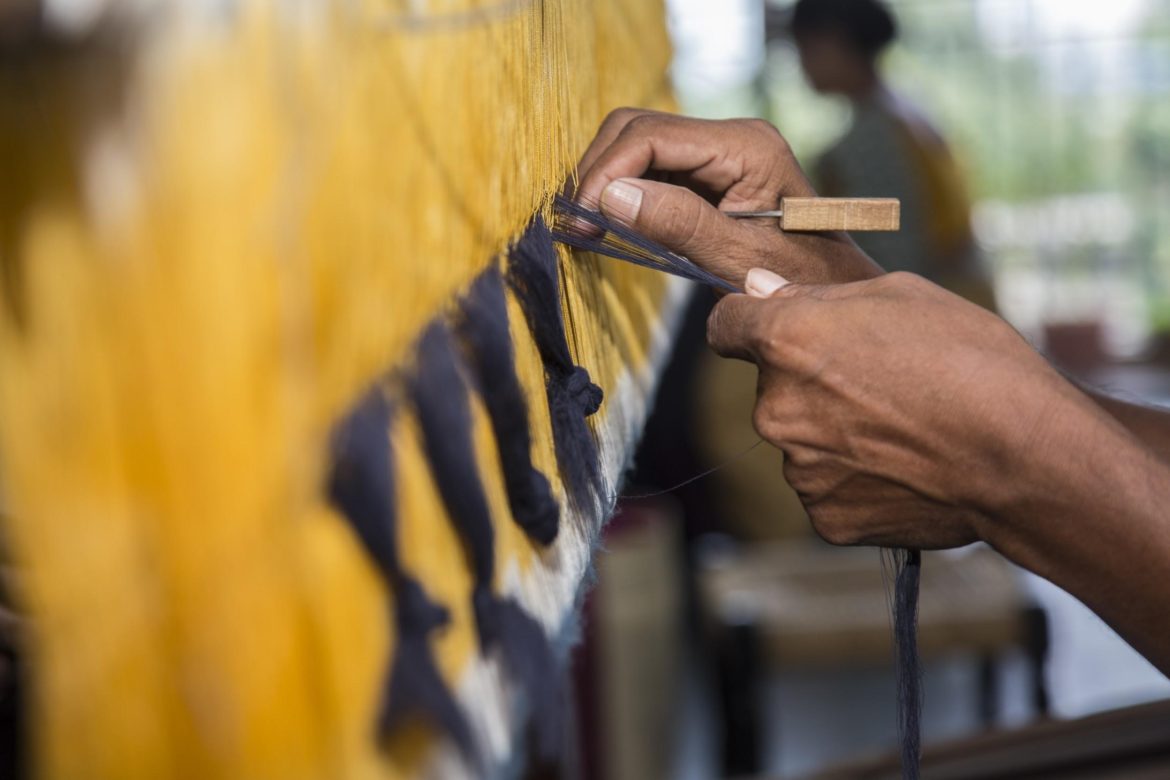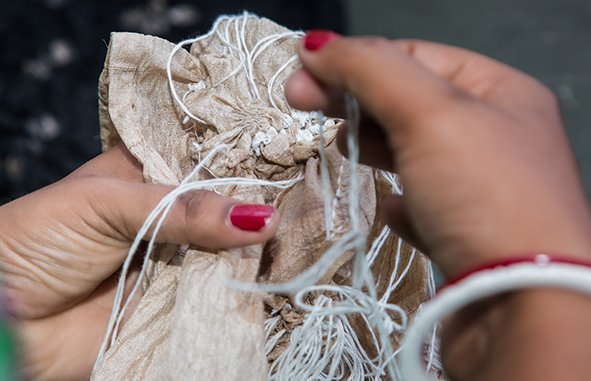
Recently there has been a major upsurge and shift in the demand for textiles colourant with comparison to natural dyes as more people are understanding the importance of developing a sustainable environment.Natural dyes are also very appealing and add value in terms of aesthetics to the look of fabrics, textiles and garments. More number of designers and fashion houses are shifting to the use of naturally dyed products and the demand for natural dyeing is slowly but surely emerging.
Natural Dye Extractions:
Natural dyes comprise colorants that are obtained from leaves, flowers, barks of trees and spices without any chemical processing.
Leaves: The dye materials are extracted from the plants and boiled in the water till it obtains a thick consistency, making a dye bath. Here are some of the leaves from which the dye is obtained:
1. EUCALYPTUS (EUCALYPTUS GLOBULAS)
2. TEA (CAMELLIA SINENSIS)
3. COFFEE (COFFEA CANEPHORA)
4. HARDA/MYROBOLAN (TERMINALIA CHEBULA)
5. INDIGO (INDIGOFERA TINCTORIA)
Flowers and Vegetables: The flower petals are extracted and boiled and stirred well. The temperature is raised to boiling plant and the solution is boiled for a decided time till the solution is thicker. Some of flowers and vegetables from which the dye is obtained are listed below :
1. Marigold (TAGETES)
2. Hibiscus (HIBISCUS ROSA-SINENSIS)
3. Onion peels (ALLIUM CEPA)
Barks of trees: The bark is removed and then the heartwood is made into wood chips. The dye is extracted by boiling the wood chips in water until the liquid becomes very thick. It is then poured onto mats, where the cutch extract hardens as it cools down and can be broken into chunks. The trees from which the dye is obtained are:
1. Manjistha (RUBIA CORDIFOLIA)
2. Catechu (SENAGALIA CATECHU)
Fruit : Natural Dye is obtained from Pomegranate Rinds (PUNICA GRANATUM). The skin of the fruit is dried in sunlight for 10 days and then, is ground into powder. The powder is sieved and the dust is obtained, furthermore boiling till the solution becomes thicker.
Spices: Natural Dye is obtained from Turmeric (CURCUMALONGA). Small turmeric pieces are taken and boiled. The dye material is immersed in the dye bath while constantly stirring it.
Benefits:
Nowadays there is more awareness among people towards the use of natural products as a substitute for synthetic dyes due to their non-toxic property, low pollution, and lesser side effects. Unlike Synthetic dyes it is eco-friendly and does not disturb the ecological balance and can also be reused. It is readily available, biodegradable, cost effective and safe to use both in food and textile industry. Natural dyes are considered to have less health hazards, keeps the skin safe from allergies and are non-carcinogenic and non-poisonous in nature. Usage of natural dyes obtained from Bixa orellana in textile finishing has good light fastness.
Germania government was the first to ban the manufacturing of synthetic dyes. Netherlands, India, and some other countries also have restrained from using it.
Sustainability:
Today, choosing natural dyes over the chemical alternatives is more important than ever. Much of our clothing is dyed with synthetic chemicals like sulfur, nitrates, and heavy metals like copper, mercury, and lead. The widespread use of synthetic dyes result in many environmental and health hazards, including polluted watersheds, unsafe drinking water, wildlife extinction, and human respiratory and skin diseases. Natural dyeing is a sustainable practice and its process and products are gentle to our environment and health.
We hope to inspire and usher a change in the world of textile dyeing, by promoting natural dyeing. Will you join us in #designingchange ?




